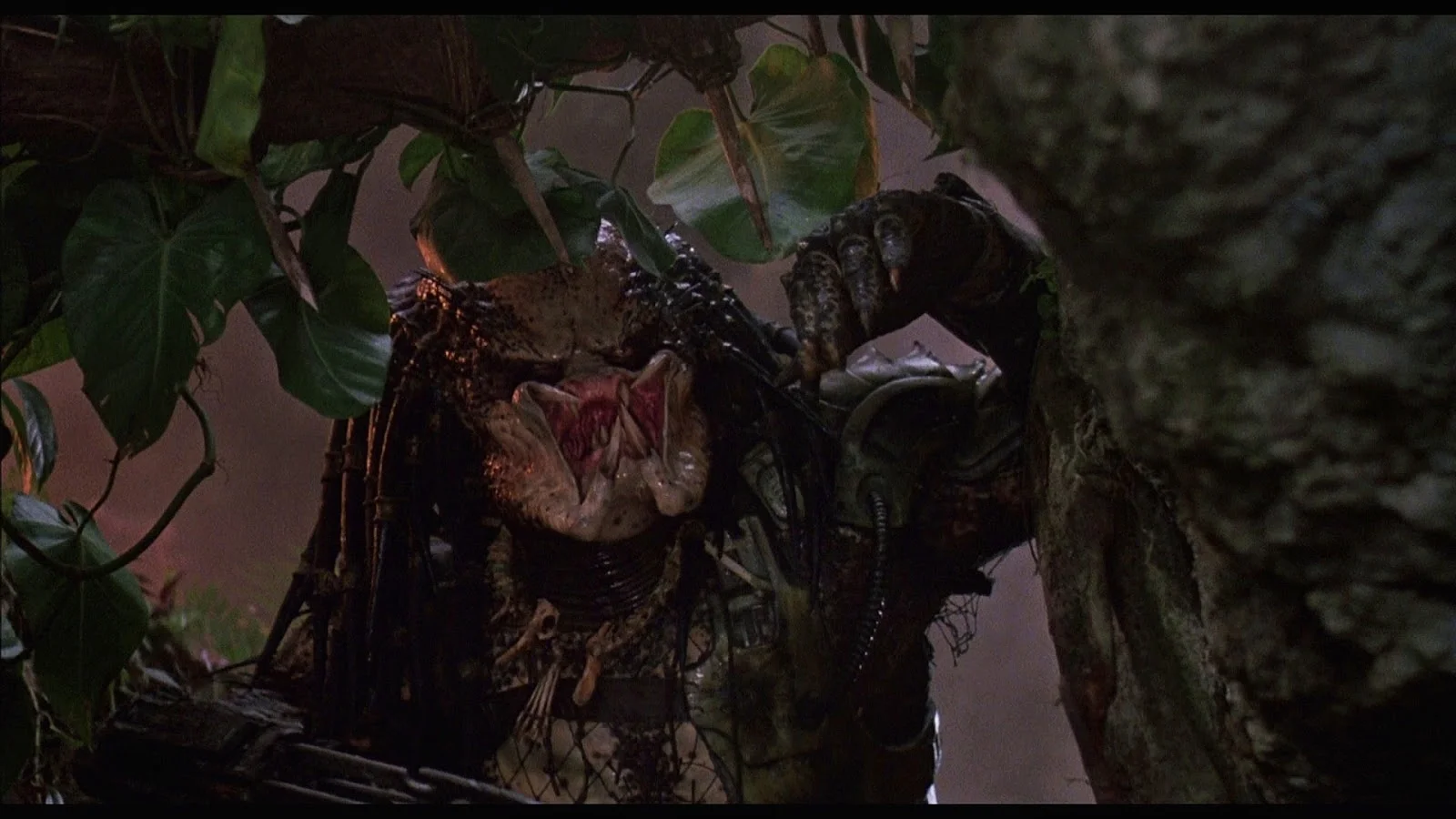Universal Monsters Week: Drácula (Spanish Version 1931)
Bela Lugosi, Boris Karloff, Lon Chaney Jr, Elsa Lanchester; they are not only the foundation of our collective Horror unconscious, but a shimmering example of the cinematic experience, with larger than life faces embodying larger than life creatures and tormented souls. What would the movies be without Bela Lugosi’s piercing, rabid eyes or Karloff’s limping, staggered wails?
A much less interesting place, of course, but Early Sound Film business practices did not fully commit to the popular appeal of global stars, at least not at first. It was common to release multiple versions of the same film intended with a different language and culture in mind (dubbing was beyond tedious). Sets and costuming remained similar, as did some aspects of screenplay and technicalities, but it was mostly a manufactured process with the option for unique inspiration. In the case of Drácula, the famed Spanish-language version of the Tod Browning classic, the Spanish crew came in during the night and shot their coverage for their schedule while the American film worked as the sun was up.
While Carlos Villarías, Dracula himself, could witness dailies from the film, the rest of the cast was barred, contributing to the drastic shift in performance, rising even beyond the theatrical intensity of Tod Browning’s version towards something equivalent to the epitome of a ‘Silent Sound’ film. In George Melford and Enrique Tovar Ávalos’version, performance is as silky smooth as the roving camera – a result of the Spanish crew poring over the American footage and essentially one-upping their craft.
The difference is immediate. Haunted pathways up cobwebbed stairs in search of Villarías’ demonic black-hole of a presence. Jovial, conniving wives of Dracula dancing and prowling in satin. Gothic spaces cascade out of their constructed tomb as the lens searches instead of merely observing. It is a more adventurous and sexually-liberating film; rooms and caverns explored are less functionary, grasping onto the lucidity of the material. This is no Bram Stoker’s Dracula, a rampaging mega-budget sex-odyssey, but it is surely representative of the depression of being secondary, or lesser, or deemed ‘the graveyard shift’, and how freedom thrives in such humid conditions. Its largest ‘wow’ moment comes in the form of a simple tracking shot towards the Count, with the camera yearning for a closer, engulfing consideration of his glance, his radiating sensuality and mystery.
Detractors cling to the notion that Villarías mimicked Lugosi’s actions, but to view him in motion is akin to dreaming of a lightweight tarantula scurrying around a puddle or a bird caught in an endless jungle, stuck from tree to tree. It’s a performance comprised of nature, of observing a being stuck in a curse which changes sunrise into visible, festering death, and the response is defensive, rummaging through rich, entitled rooms in the second half, politely configuring schemes and biding time. The supporting players can only act either hysterical or desperately feigning a semblance of control over the situation, and it’s glorious; a classical display of beautiful people smothered under a cloud of horror and despair, nighttime becoming a maze which the Count navigates. Labeling Drácula as a photocopy of Browning’s film takes away from the latter’s groundbreaking Gothic texture and the former’s sinister, oppressive desire to reinvent itself.
And this reinvention embodies the formal masterclass of Drácula, even when length crumples tension at points and the Browning version lingers contextually. The cutting is as smooth as butter, placing vivid, even liquidized emphasis on the inevitability of every moment, grappling with Dracula’s eventual fate and the deaths which, for all of us, will one day come. The final scene, revolving back and forth from Dracula’s approach towards his ultimate victim and a stream of light slowly increasing in intensity among a pattern of dust particles, imbues the mythos of the Count with something that many adaptations have attempted but failed; the eloquence of his time finally arriving and a glowing aura nurturing death’s permanence.
That a supposed ‘graveyard shift’ production can wrestle such a poignant end from the spotlight of Lugosi’s admittingly shining majesty is one of Drácula’s many unholy miracles.












